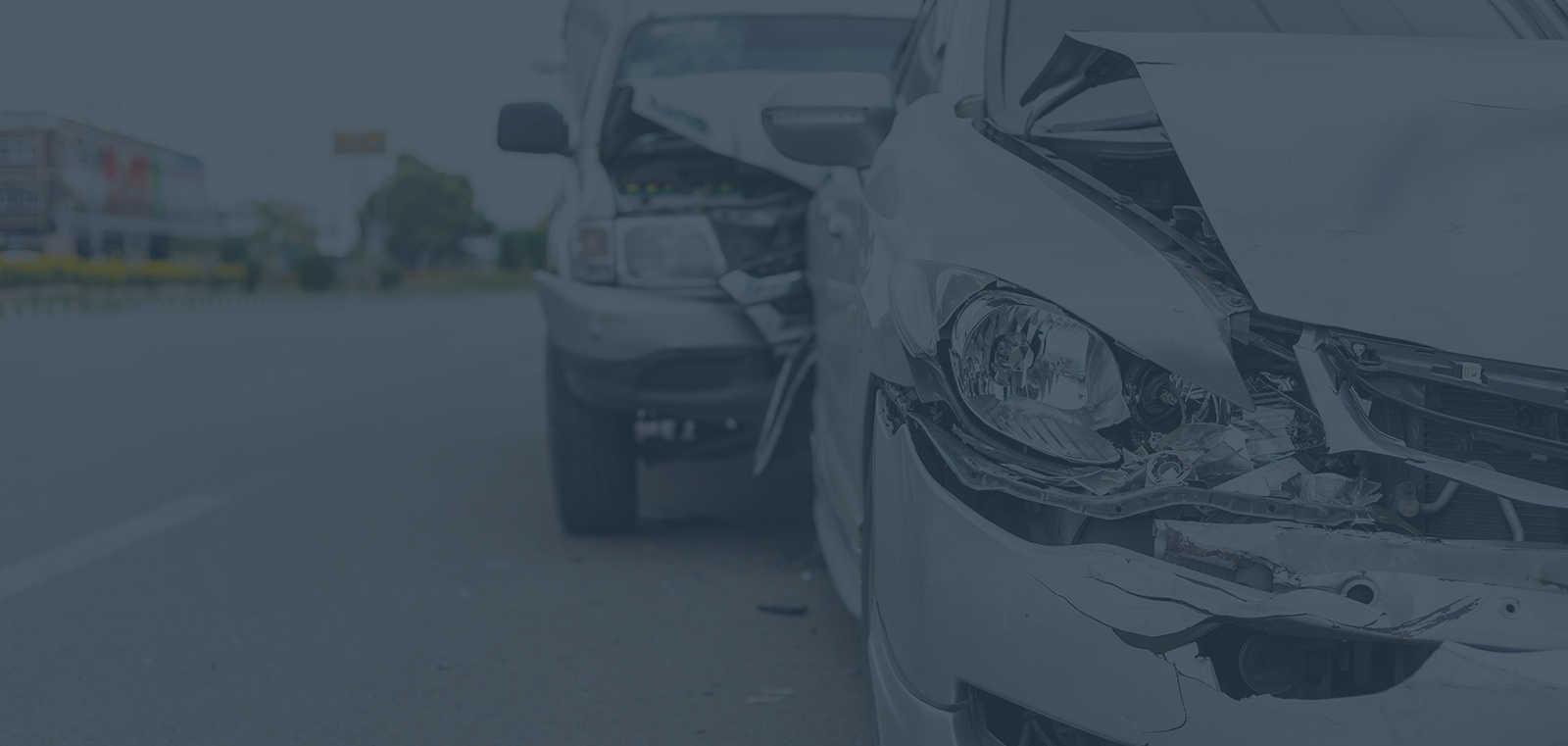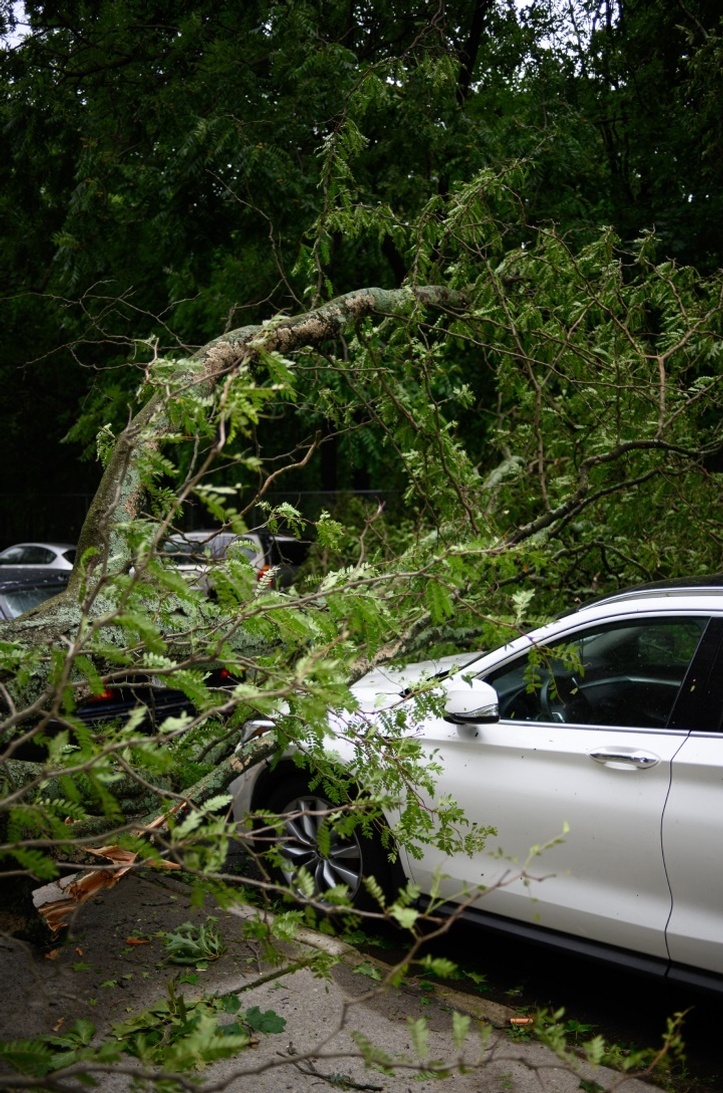
MOTOR VEHICLE ACCIDENTS
All vehicle owners in Ontario are legally required to purchase a standard policy auto insurance. This is almost always done through private insurance companies.
Under such policies there is a certain amount of minimum mandatory coverage, including: Third party liability Direct compensation for property damages No fault accident benefits Uninsured motorist benefits, etc.
While these accident benefits can be helpful for getting your life back on track post-accident, there are times when this compensation is not enough. When this happens, you can choose to bring a tort claim against the at fault driver(s). The risk in this scenario is higher, but the payouts are usually much more than what an insurance company will pay you.
The moments after you get into the accident, there are some crucial things you should do.
- Never leave the scene of the accident without getting the required information. It doesn’t matter whether you are the driver or the pedestrian. There are some circumstances where leaving the scene of the accident can result in a criminal charge against you.
- Look around to see if anyone is injured. If so, figure out who it is, and specifically how they have been injured.
- Call the police. This is especially important to do if there are serious injuries involved or there is a high level of property damage.
- Begin documenting the accident. Take pictures of whatever you think is important and write down any visible injuries to either party as well as the specifics of the property that has been damaged. You should also note down any witnesses, including their contact information.
An important concept to keep in mind is that of contributory negligence. In Ontario, and in other jurisdictions around Canada, this form of negligence can have a major influence for determining who is responsible for what part of the accident. The idea behind contributory negligence is the following; even if the accident was due to the other party’s actions, you may still be partially responsible for the accident (depending on your actions or inactions). For example, if you get hit by a motor vehicle while riding a bicycle, and if you were not wearing a helmet, you may take partial responsibility for your injuries.
ACCIDENT BENEFITS
Since all vehicle owners in Ontario need to get some form of standard automobile insurance, all insured drivers are eligible to access accident benefits if they get injured in an accident in either Canada or in the United States.
It is important to note that accident benefits are available to every person injured in a motor vehicle accident, regardless of whether the injured person was at fault for the accident. This also means that, although you may not be insured, you can still make a claim for accident benefits. The insurance company you make a claim from will depend on the circumstances of the accident. For example, whether the accident occurred while driving a company vehicle, or whether the accident occurred while you were the passenger. There is also the Motor Vehicle Accident Claims Fund, which acts as the payer of last resort, and is therefore used in situations where you do not have auto insurance, are not listed on someone else’s policy, and no other vehicle in the accident can be identified. Accident benefits include, but are not limited to, the following:
- Medical and rehabilitation benefits
- Attendant care benefits
- Income replacement benefits
- Care giver
- Housekeeping benefit
- Funeral benefits
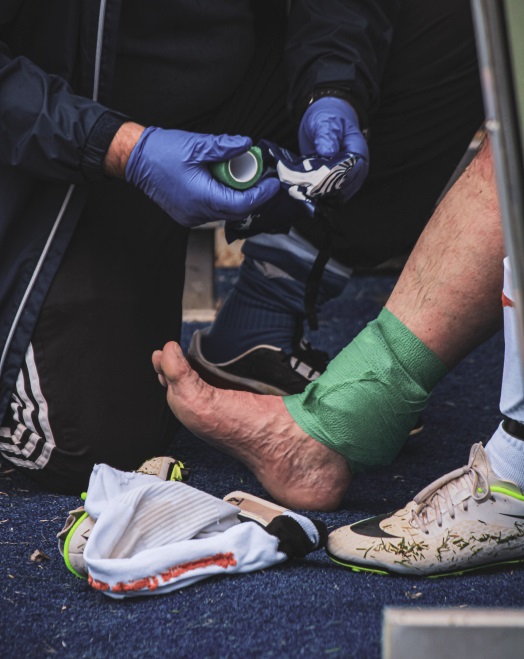
-
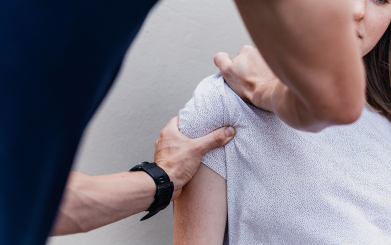
Medical Benefits
Pay for the goods and services involved in the recovery of your physical and mental injuries. These include, but are not limited to, the following
- Medical, surgical
- Dental and dentures
- Optometry, prescription eye wear
- Nursing services
- Chiropractic services
- Psychological
- Physio-therapeutic services
- Medication
-

Rehabilitation Benefits
Pay for the necessary expenses involved reducing and eliminating the effects of your disability. These include, but are not limited to, the following:
- Life skills training
- Family counseling
- Social rehabilitation
- Financial counseling
- Vehicle modification
- Transportation costs
-
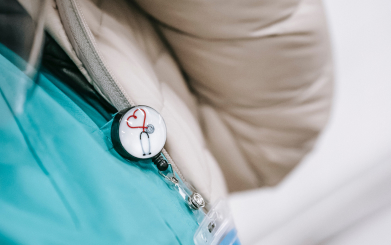
Accident Care Benefits
Available for those persons that have a lack of ability to carry on person care alone due to the injuries sustained by the accident. This type of support depends on the circumstances of the accident and the nature of personal care required. They include the following:
- Care for dressing
- Grooming and meal prep
- Basic supervisory care
- Complex care like bathing and bathroom help
Income replacement benefits are available to persons who were employed or self-employed at the time of the accident, and due to their injury, they are not able to perform the essential tasks of their job and therefore cannot earn an income. This loss of income needs to occur within 104 weeks of the accident for the injured person to eligible for the benefits. Note that even in cases where an injured person was not employed at the time of accident, there is still a possibility to recover some income replacement benefits. This is because the injured person may not be able to apply for future jobs, and hence would have faced a loss of some kind. The amount of benefits usually amounts to 70% of the injured persons average earnings. These benefits max out at $400/week. However, if the injured person had purchased optional benefits, it is possible that the benefit can max out at $1000/week. It is important to remember that determining an injured person’s entitlement to the benefits is a complicate process, and due to the fact that insurance companies might make mistakes, it is recommended to consult with an experienced accident benefit lawyer. Cost of examination benefits occur when an applicant is pursuing a claim and needs to have examinations completed on their behalf. These examinations include, but are not limited to, the following: disability certificates, treatment / assessment plans, and an application for determination of catastrophic impairment.
Death benefits may be paid out in a variety of ways. There can be a payment to the deceased person’s spouse of an amount up to $25,000. There may also be a payment to each of the deceased person’s dependents of an amount up to $10,000. There may also be a payment of up to $10,000 to each former spouse of the deceased person to whom the deceased (and formally insured person) was obligated to provide some sort of support. It is important to note that issues involving the death benefit can be complex, sensitive and complex. Therefore, it is always a good idea to get an experienced individual to handle these issues.
- Crashing through frozen surfaces
- Riding on poorly maintained trails
- Using defectively manufactured snowmobiles
Much like automobile and motor cycle accidents, snowmobile accidents often result in serious injuries, including but not limited to:
- Traumatic brain injuries
- Severe bone breaks ad fractures
- Sever lacerations
- Spinal cord injuries
- Commas and death.
Our Motor Vehicle Accident claims process:
- Consultation: Begin your legal journey with a thorough consultation where our experienced Motor Vehicle Accident Lawyers delve into the specifics of your situation. We conduct a comprehensive review, understanding the details of your accident, injuries, and any other relevant factors.
- Investigation: Following the consultation, our Motor Vehicle Accident Lawyers in Toronto thoroughly analyze all aspects of your crash. This includes meticulously examining accident reports, witness statements, and available evidence. The goal is to comprehensively understand the incident, identifying key details that strengthen your case.
- Legal Strategy: With a solid understanding of your case's nuances, our Motor Vehicle Accident Injury Lawyers craft a personalized legal strategy. This approach is tailored to your specific circumstances, ensuring that every aspect of your case is strategically addressed.
- Representation: Our Motor Vehicle Accident Injury Lawyers actively advocate on your behalf throughout the legal process. Whether negotiating with insurance companies or representing you in litigation, our team protects your rights.
- Resolution: Whether through skillful negotiations or litigation, we work diligently to bring your case to a close with optimal results. Our Motor Vehicle Accident Lawyers in Toronto focus on efficiency and client satisfaction.
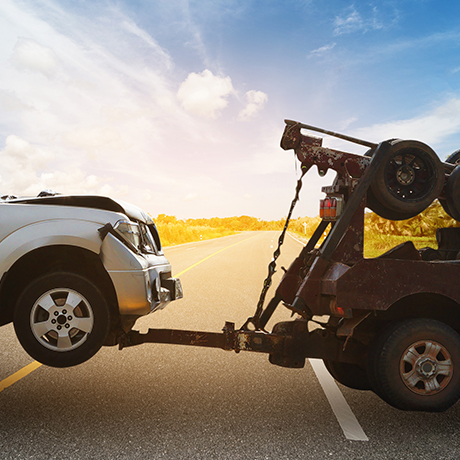
Benefit from the client-centric approach of our Motor Vehicle Accident Injury Lawyers in Toronto, ensuring your case receives the attention and expertise it deserves, leading to efficient and effective resolutions.
Choose our Motor Vehicle Accident Lawyers in Toronto for a range of invaluable benefits, and ensure you receive the support needed for a successful resolution.
Trust us to navigate the complexities, providing unwavering support and optimal outcomes for Motor Vehicle Accident cases. Our commitment to your well-being and satisfaction is the cornerstone of our service, guaranteeing that you receive the comprehensive support and advocacy necessary for a successful resolution.
Benefits of our Motor Vehicle Accident service
- Prompt Action: Quick initiation of legal proceedings for timely resolutions.
We understand the urgency of initiating legal proceedings after a Motor Vehicle Accident. Our Motor Vehicle Accident Injury Lawyers swiftly navigate through the necessary steps, ensuring that your case is promptly filed and legal proceedings are initiated without unnecessary delays. This timely approach contributes to efficient resolutions and the swift pursuit of justice. - Maximized Compensation: Addressing financial, emotional, and physical burdens.
One of the primary advantages of choosing our Motor Vehicle Accident Injury Lawyers is our focus on maximizing compensation. We comprehensively address financial burdens, including medical expenses and lost wages. Moreover, our Motor Vehicle Accident Lawyers in Toronto recognize the emotional and physical toll that accidents take, and our advocacy aims to secure compensation that genuinely reflects the full extent of your losses. - Local Expertise: In-depth understanding of Toronto’s legal landscape.
Our Motor Vehicle Accident Lawyers understand Toronto's legal landscape in-depth. This local expertise proves instrumental in navigating the intricacies of regional laws, regulations, and nuances specific to Toronto. By leveraging our knowledge of the local legal environment, we position your case strategically, ensuring that it aligns seamlessly with the unique aspects of Toronto's legal framework. - Client-Centric Advocacy: Personalized support for unique needs.
At the heart of our service is client-centric advocacy. Every Motor Vehicle Accident case is unique; our approach reflects this understanding. Our Motor Vehicle Accident Injury Lawyers provide personalized support tailored to your needs, concerns, and goals. This client-centric approach ensures you receive the attention and care required for a successful and satisfactory resolution to your Motor Vehicle Accident case.
What should I do immediately after a Motor Vehicle Accident?
Your immediate actions are crucial. Seek medical attention promptly, even if injuries seem minor. Document the accident scene, capturing photos and gathering contact information from involved parties and witnesses. It's imperative to contact our Motor Vehicle Accident Lawyers in Toronto for guidance. Our expertise ensures you take the right steps early, preserving crucial evidence and protecting your legal rights.
How is compensation determined in Motor Vehicle Accident cases?
Determining compensation in Motor Vehicle Accident cases is a comprehensive process. Our Motor Vehicle Accident Injury Lawyers consider various factors, including medical expenses, lost wages, property damage, and intangible pain and suffering costs. Each case is unique, and our approach is tailored to your circumstances. By meticulously assessing all relevant elements, we aim to secure compensation that accurately reflects the full extent of your losses.
Why choose Motor Vehicle Accident Lawyers in Toronto over general practitioners?
Choosing Motor Vehicle Accident Lawyers in Toronto over general practitioners ensures specialized expertise in the unique legal aspects of these cases. Our Motor Vehicle Accident Injury Lawyers focus exclusively on Motor Vehicle Accidents, possessing an in-depth understanding of the intricacies involved. From navigating complex insurance claims to pursuing litigation if necessary, our specialization guarantees that you receive the nuanced and effective legal representation required for optimal outcomes in Motor Vehicle Accident cases.
HOW ROHAN HATÉ CAN ASSIST YOU?
- Personalized Service & Solutions
- Home & Hospital Visits If Necessary
- Effective Legal And Medical Network
- 24/7 Legal Assistance Available
Connect with our Motor Vehicle Accident Lawyers Today.
Reach out to discuss your Motor Vehicle Accident case. Our expertise ensures personalized and effective legal support. Take the first step toward fair compensation by contacting our Motor Vehicle Accident Injury Lawyers.
Join Our Mailing List
Sign up for our newsletters to receive news and articles.
